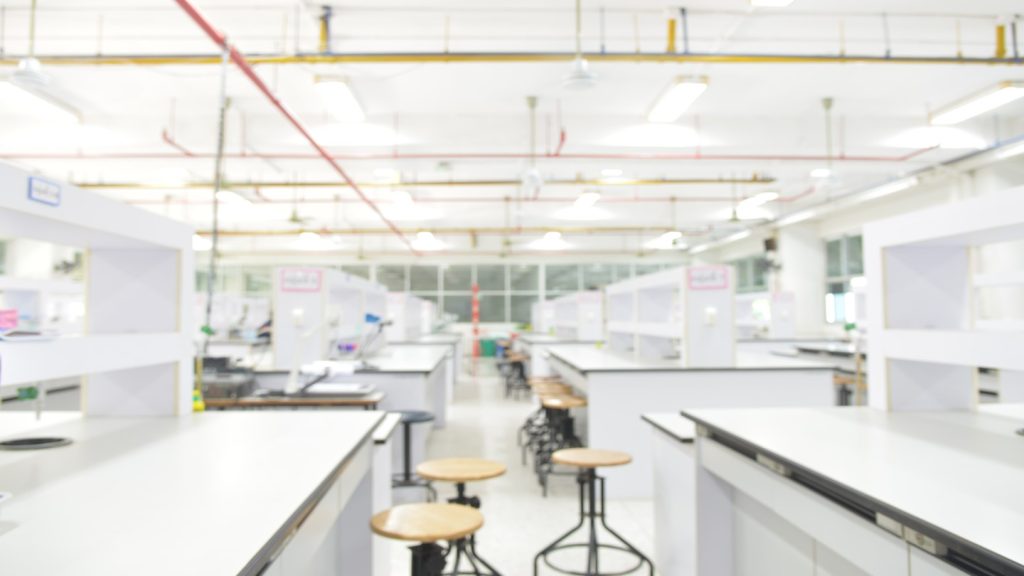Japan has selected a new architectural design for the 2020 Tokyo Olympics main stadium, following the scrapping of the initial design by Zaha Hadid.
The £1.4bn previous plan resulted in several controversies. The government had been prompted to scrap the plan in July, owing to protests over the design and cost.
The new plan presented by architect Kengo Kuma is expected to cost £832m. The new design features a roof made of wood and steel, which is based on traditional Japanese architecture.
It has also kept the height of the stadium at less than 50m in order to make it fit its landscape.
The winning proposal was submitted by a joint venture comprised of Kengo Kuma, construction company Taisei, and construction support firm Azusa Sekkei.
See Also:
The Japan Sport Council (JSC) will oversee the construction and finalise the contract with the winning party in January 2016.
How well do you really know your competitors?
Access the most comprehensive Company Profiles on the market, powered by GlobalData. Save hours of research. Gain competitive edge.

Thank you!
Your download email will arrive shortly
Not ready to buy yet? Download a free sample
We are confident about the unique quality of our Company Profiles. However, we want you to make the most beneficial decision for your business, so we offer a free sample that you can download by submitting the below form
By GlobalDataConstruction is expected to start as early as December next year, and be completed by November 2019. The stadium will reportedly feature a total of 68,000 seats.
Japan Prime Minister Shinzo Abe said: "I think the design chosen meets the conditions sought, such as basic concept, construction and cost."




